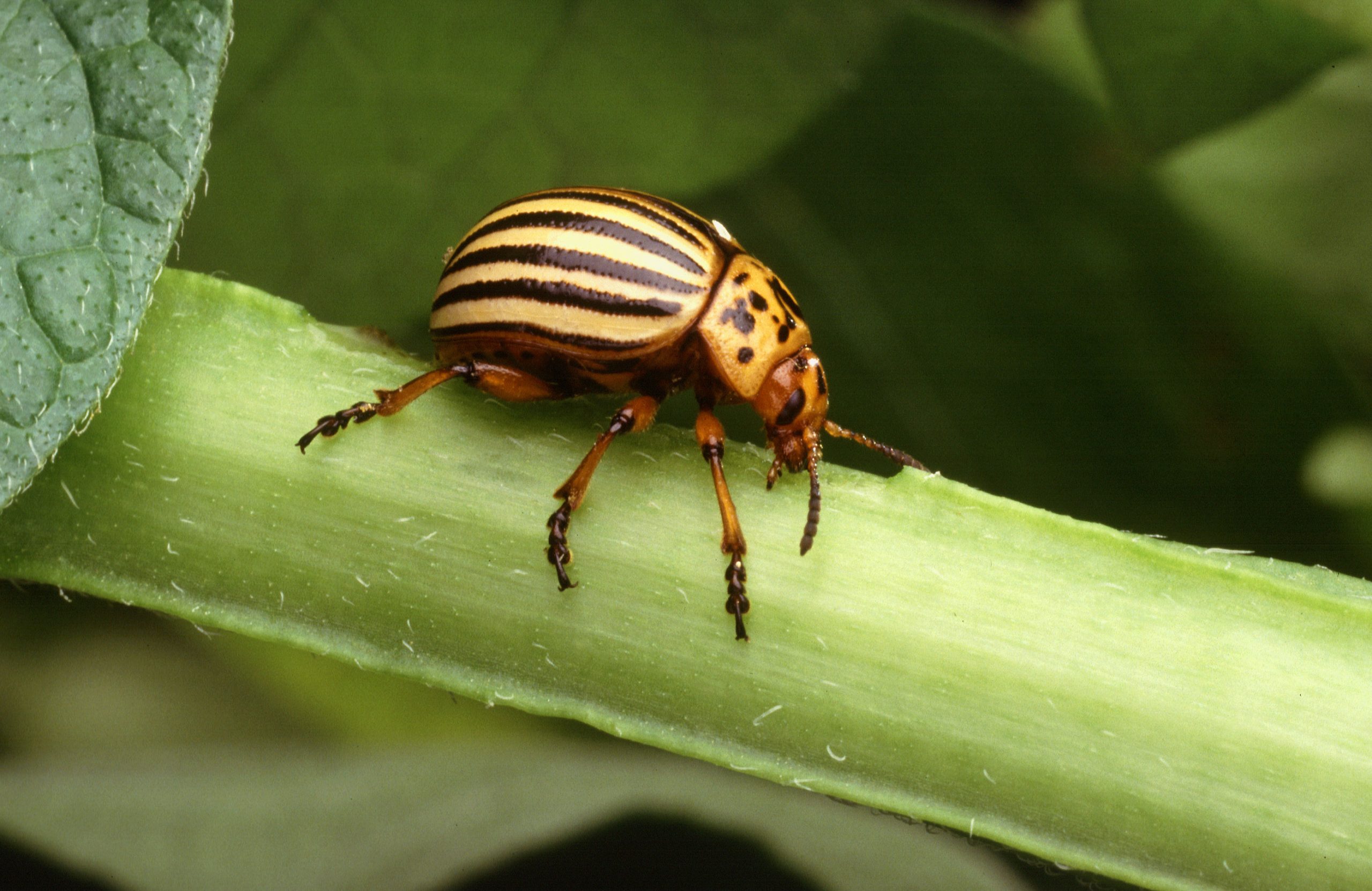Introduction
The Monstera Deliciosa, a captivating houseplant adorned with lush foliage, is instantly recognizable by its magnificent split leaves. These alluring splits, technically termed fenestrations, add a touch of whimsy and architectural intrigue to any indoor space.exclamation But how do you coax your Monstera Deliciosa to develop these coveted fenestrations? The answer lies in unlocking the secrets of light and understanding the plant’s natural growth patterns.
Light: The Key to Unlocking Fenestrations
Plants are solar-powered organisms, relying on sunlight to fuel the process of photosynthesis.expand_more During photosynthesis, light energy is converted into chemical energy, which the plant uses for growth and development.expand_more Monstera Deliciosa, being a native of tropical rainforests, thrives in bright, indirect light.expand_more This type of light provides the necessary energy for robust growth without the scorching intensity of direct sunlight, which can scorch leaves.expand_more
Understanding Light Requirements
However, light intensity isn’t the only factor to consider. The duration of light exposure also plays a crucial role. Monstera Deliciosa generally prefer environments with 12-14 hours of bright, indirect light per day.expand_more This can be challenging to replicate indoors, especially during winter months.exclamation Here’s where the concept of photosynthetic photon flux density (PPFD) becomes helpful.
PPFD: Quantifying Usable Light
PPFD is a scientific measurement that quantifies the amount of light usable for photosynthesis.expand_more While a Monstera Deliciosa can survive in lower light conditions (around 50 µmol/m²/s), studies suggest that PPFD levels between 150-300 µmol/m²/s encourage optimal growth, with fenestrations appearing more readily at the higher end of this range. Light meters can be helpful tools for measuring PPFD at various locations within your home.expand_more
East or West Facing Windows: Ideal Locations
East or west-facing windows are generally ideal for Monstera Deliciosa, as they provide bright, indirect light for most of the day. South-facing windows can be too intense, especially during peak sunlight hours. If a south-facing window is your only option, consider filtering the light with sheer curtains or placing your Monstera a few feet away from the window. North-facing windows usually provide insufficient light for optimal fenestration development.exclamation
Supplementing Light During Winter
During winter months, when natural daylight hours are shorter, supplementing with artificial grow lights can be beneficial. Look for grow lights that emit a full spectrum of light, similar to natural sunlight, and position them 12-18 inches above the Monstera’s foliage. Aim for 12-14 hours of light exposure per day using a timer to ensure consistency.
Optimizing the Growth Environment
While light is undeniably the primary factor influencing fenestration development, other aspects of the Monstera Deliciosa’s environment also play a role. Let’s delve into these contributing factors.
Drainage and Watering: The Importance of Porosity
A well-draining potting mix allows for proper aeration of the roots and prevents waterlogging, which can hinder growth and even lead to root rot. Opt for a potting mix specifically formulated for aroids (plants in the Araceae family, which includes Monstera) or create your own by combining ingredients like orchid bark, perlite, and coco coir. These components provide excellent drainage while retaining some moisture.exclamation
Watering Techniques: Finding the Balance
Water your Monstera Deliciosa thoroughly when the top inch of soil feels dry to the touch. Allow excess water to drain freely from the pot’s drainage holes. Overwatering is a common issue, so it’s better to err on the side of underwatering. Signs of overwatering include yellowing leaves, mushy stems, and stunted growth.
Support Structures: Encouraging a More Mature Form
In their natural habitat, Monstera Deliciosa are epiphytes, meaning they climb and attach themselves to other plants and structures for support.expand_more Providing a moss pole or coir pole encourages aerial roots to attach, promoting a more robust and mature growth habit, which can in turn influence fenestration development. As the plant climbs, it receives more light and expends energy on producing larger, more mature leaves with a higher likelihood of developing fenestrations.



